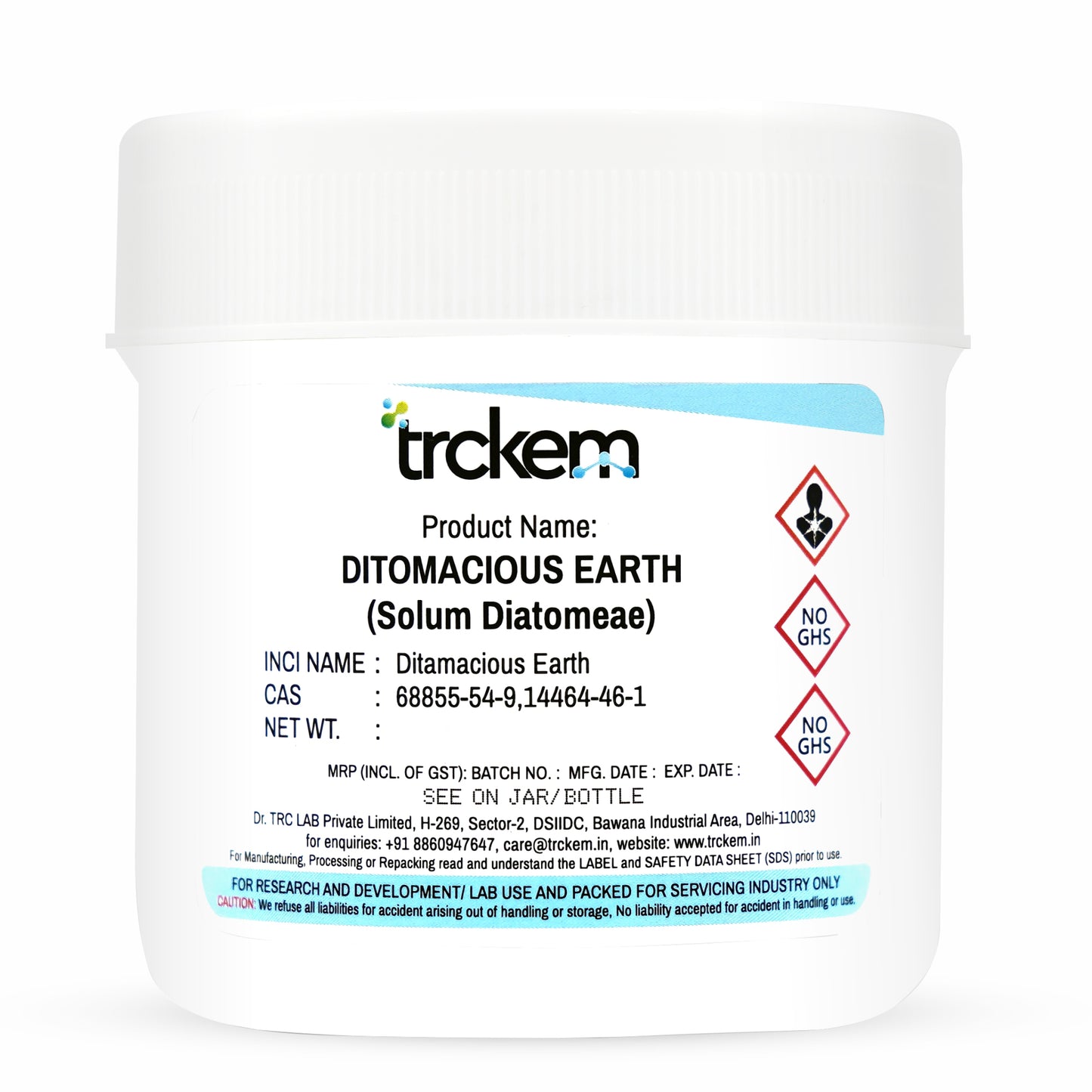
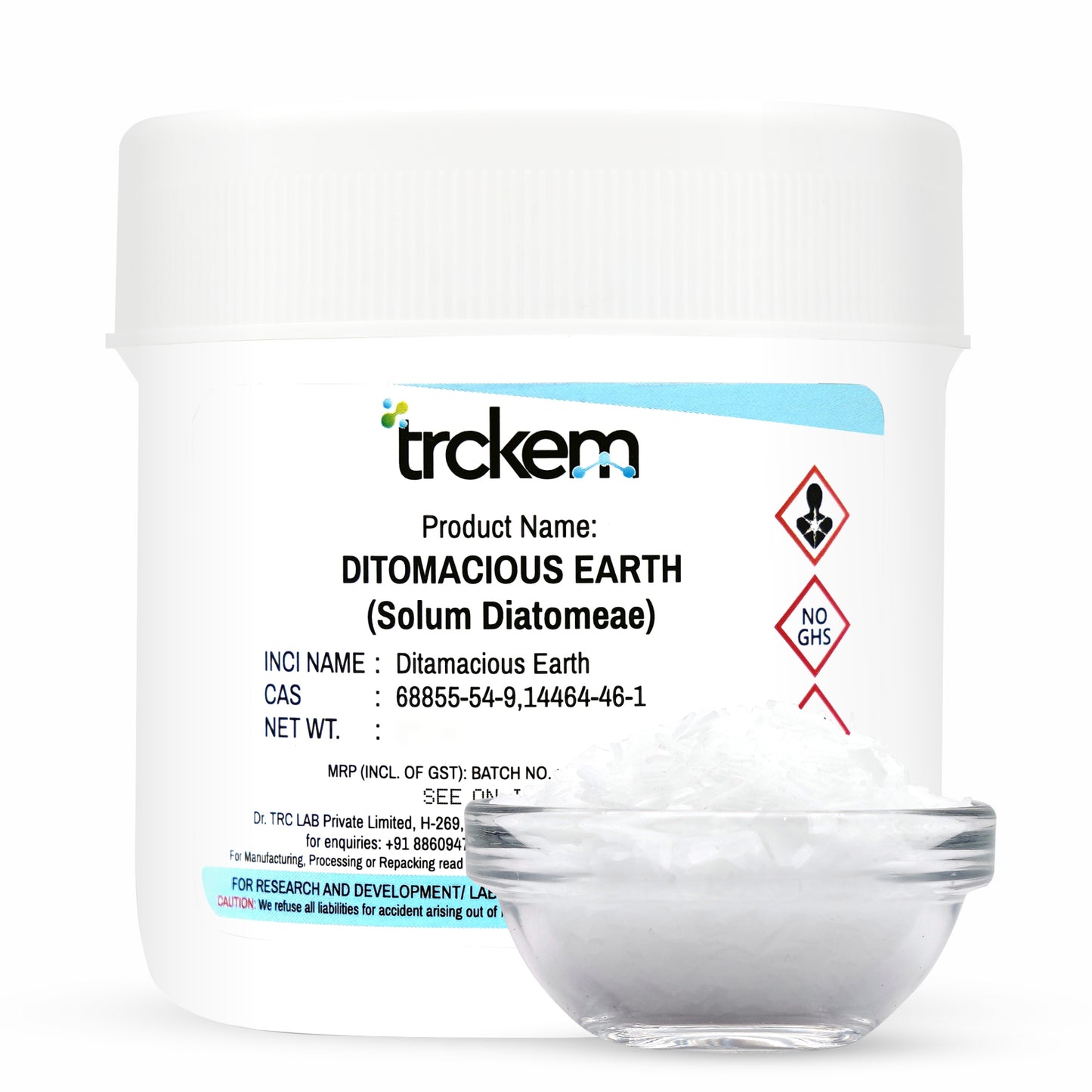
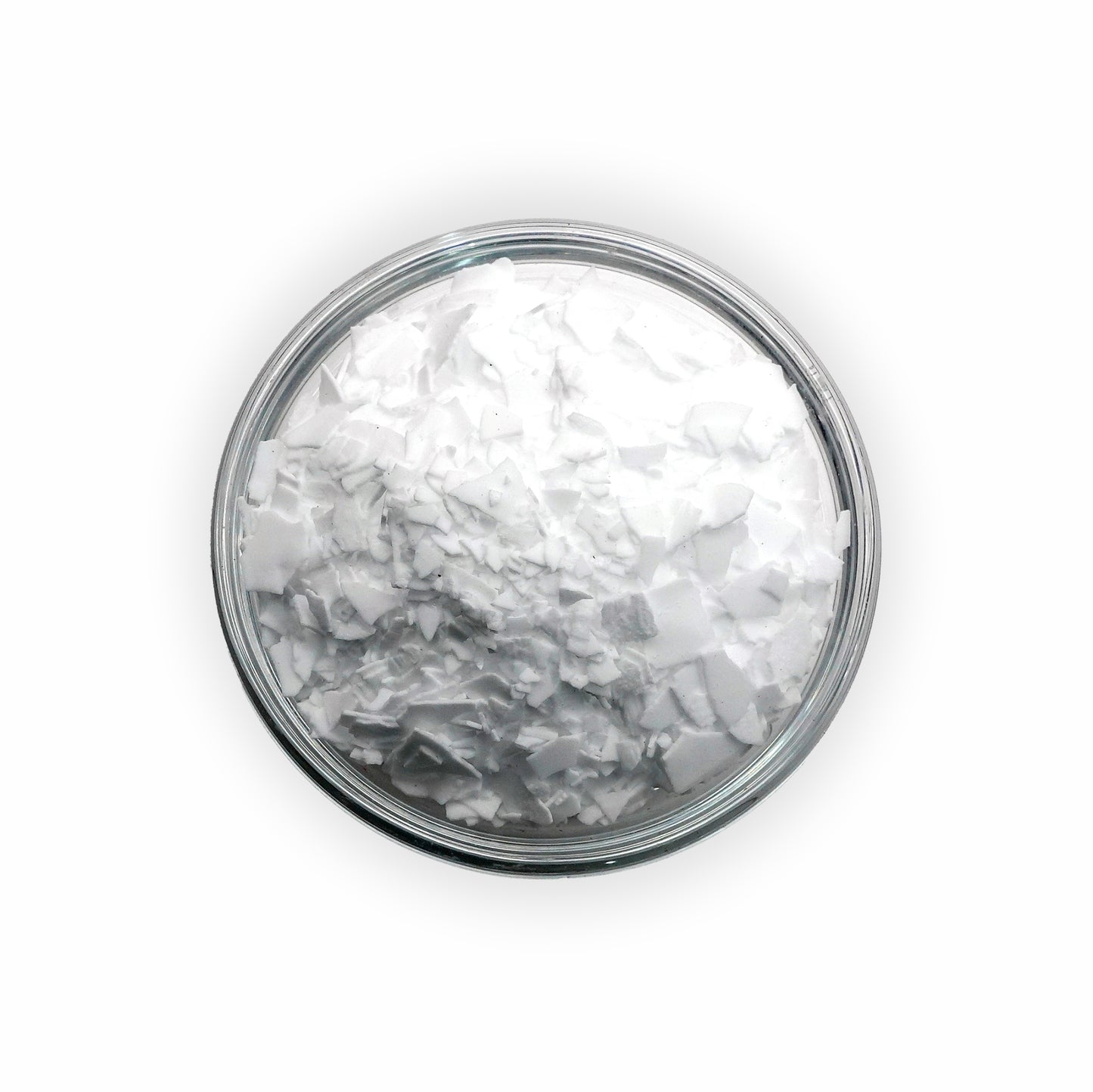
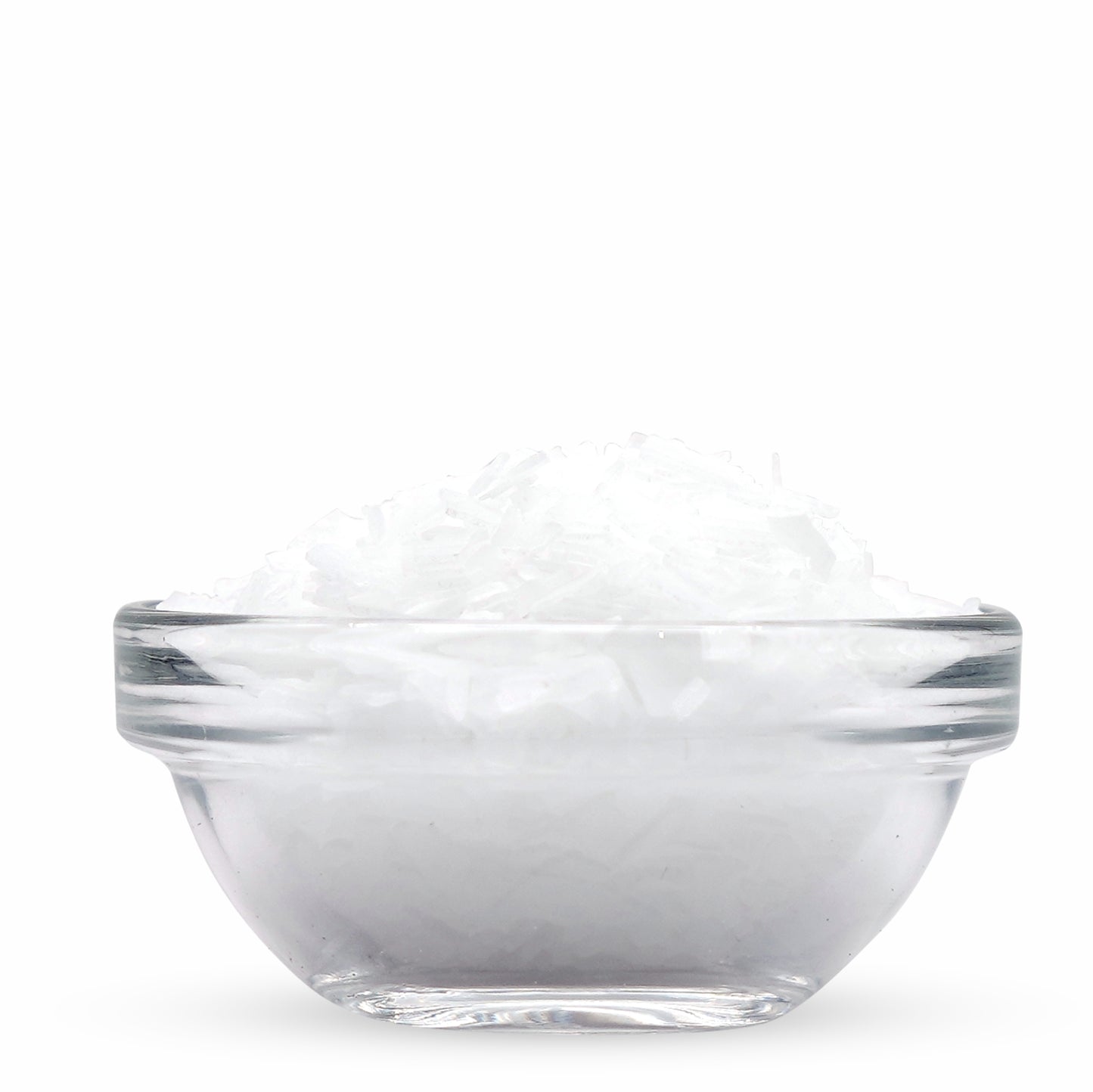
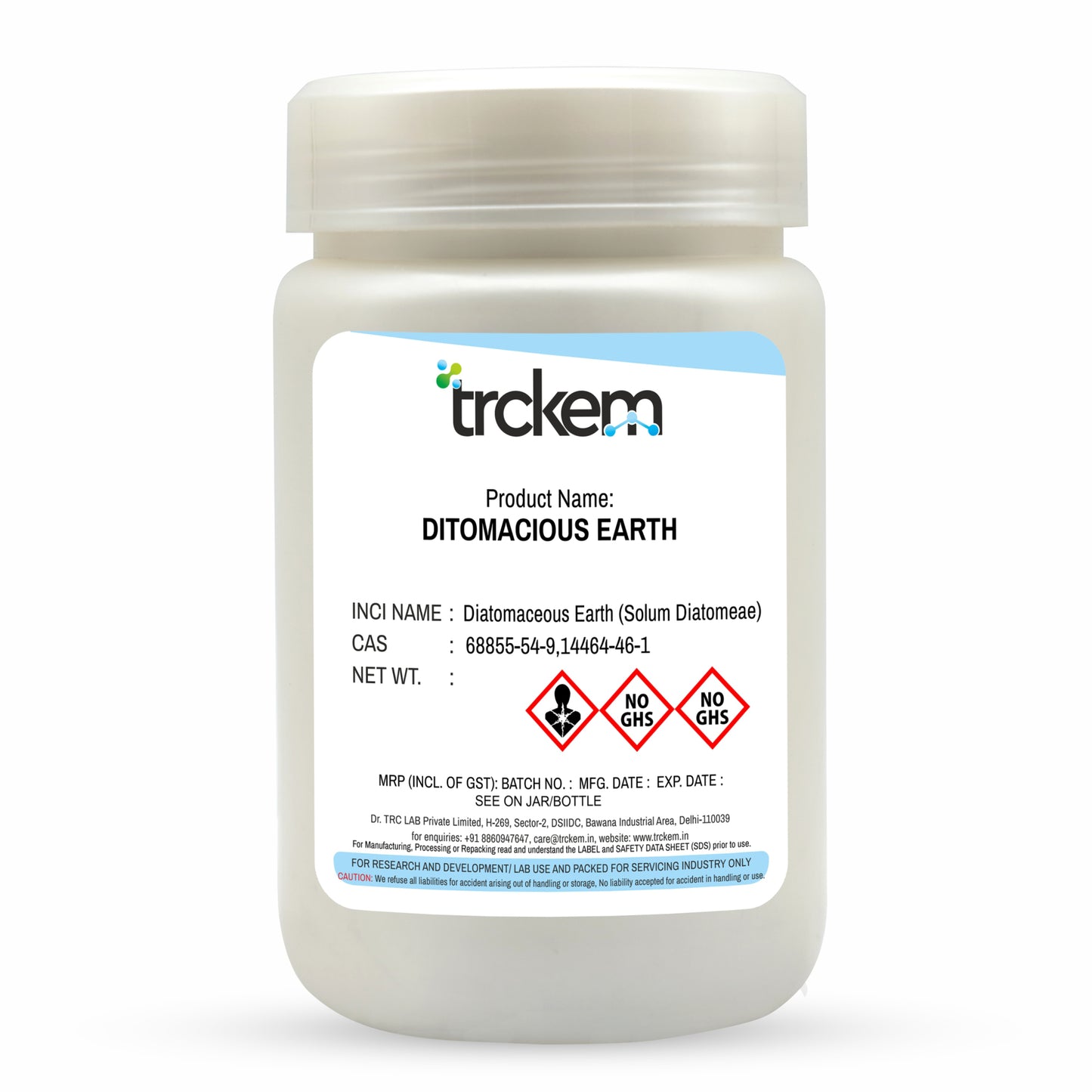
FAQ (Frequently Asked Questions)
1. What is the CAS number and INCI name of Diatomaceous Earth?
The INCI name of Diatomaceous Earth is Solum Diatomeae.
The CAS number is 61790-53-2.
2. What is Diatomaceous Earth?
Diatomaceous Earth, also known as Solum Diatomeae, is a naturally occurring, soft sedimentary rock made from fossilized diatoms. It is processed into a fine, white powder and used in personal care products for its abrasive, absorbent, and mattifying properties.
3. What are the key functions of Diatomaceous Earth in personal care products?
Diatomaceous Earth serves multiple functions, including:
Exfoliation: Acts as a mild abrasive in scrubs and cleansers.
Oil Absorption: Helps absorb excess oil in skincare and haircare products.
Mattifying Agent: Reduces shine and enhances the texture of cosmetics.
Thickening Agent: Improves the consistency of creams and lotions.
Anti-Caking Agent: Prevents clumping in powders and makeup formulations.
4. What types of personal care products contain Diatomaceous Earth?
Diatomaceous Earth is commonly found in:
Facial & Body Scrubs – Provides gentle exfoliation.
Dry Shampoos & Hair Care Products – Absorbs excess oil and refreshes hair.
Face Masks & Clay-Based Formulations – Enhances skin purification.
Loose Powders & Makeup Products – Improves texture and prevents caking.
Toothpastes & Oral Care Products – Acts as a mild polishing agent.
5. What are the benefits of using Diatomaceous Earth in formulations?
Natural & Safe: Derived from fossilized diatoms and free from synthetic chemicals.
Non-Toxic & Biodegradable: Environmentally friendly and skin-compatible.
Enhances Skin & Hair Health: Removes impurities and excess sebum.
Lightweight & Non-Irritating: Suitable for sensitive skin types.
6. How is Diatomaceous Earth used in formulations?
Typically used at 0.5% to 5% concentration, depending on the formulation.
Can be blended into powders, creams, and liquid formulations.
Works well in both water-based and oil-based systems.
7. Is Diatomaceous Earth safe for use in personal care products?
Yes, Diatomaceous Earth is considered safe for cosmetic and personal care use when processed correctly. It is commonly used in skincare, haircare, and oral care products. However, formulators should ensure the product is cosmetic grade and free from crystalline silica to prevent inhalation hazards.






